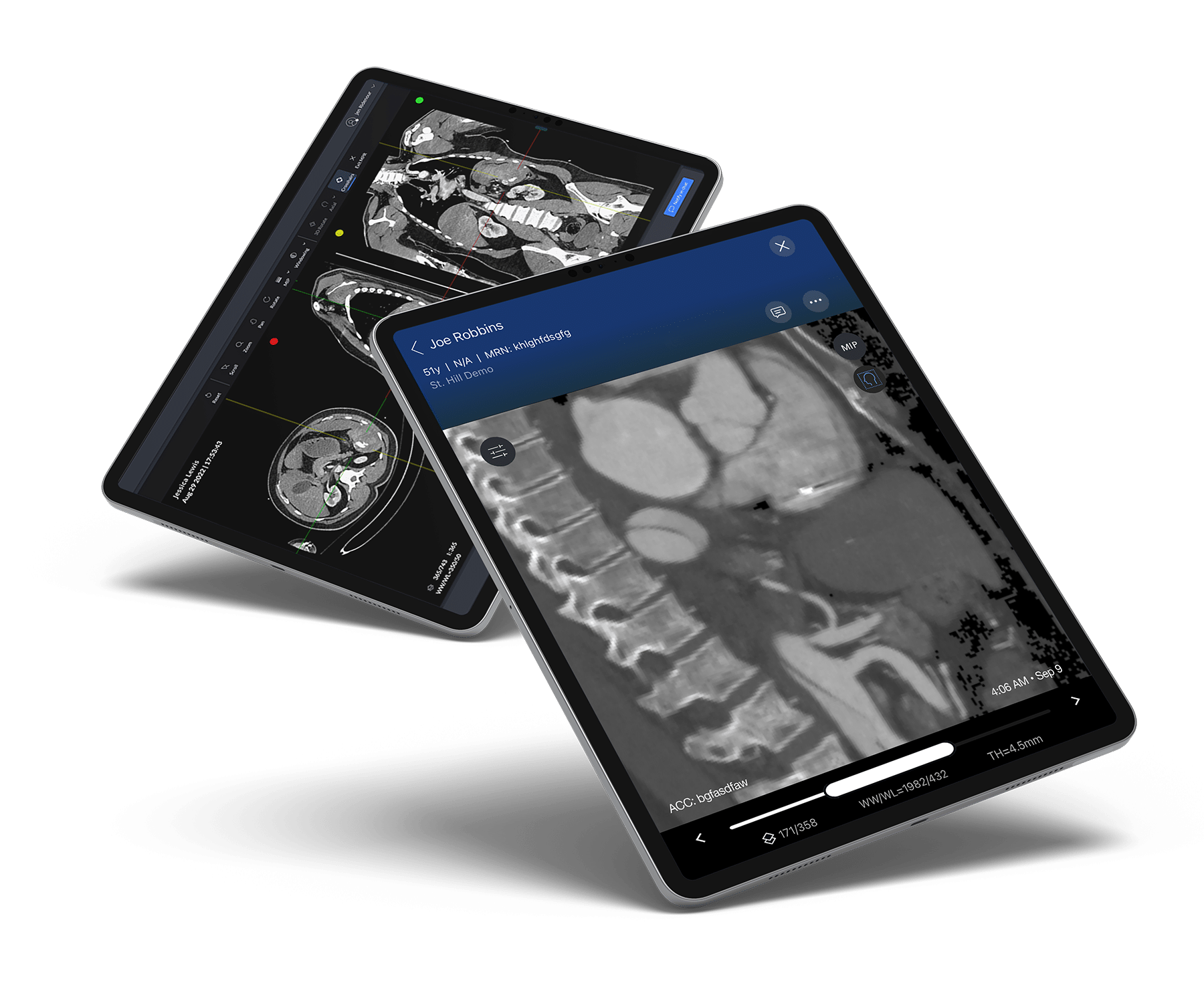Team Viz
Jul 19, 2023

The American College of Surgeons (ACS) introduced its latest trauma center standards – “Resources for Optimal Care of the Injured Patient” – in March 2022 and revised them in December 2022. These new guidelines require Level I and II trauma centers to have the requisite staff and other resources available to achieve the following responses at any time:
- Begin an endovascular or interventional radiology procedure for hemorrhage control in less than 60 minutes.
- Conduct a neurosurgical evaluation within 30 minutes for a traumatic brain injury or neurologic deficit that may be due to a spinal cord injury.
- Have anesthesia services available within 15 minutes and the attending anesthesiologist present within 30 minutes for all operations.
- Have an orthopedic surgeon bedside within 30 minutes to review specific high-risk fractures.
ACS is expected to begin verification visits to ensure that trauma centers are meeting these standards in September 2023 and many institutions are looking to us to help them make the requisite process improvements to shorten team response times, expedite patient care, and improve outcomes.
For example, use of our new Viz™ Trauma Suite has been shown to reduce trauma teams’ time to arterial access for hemorrhage control from over 60 minutes to about 45 minutes, allowing one site to expedite patient care and meet the new ACS standard of under 60 minutes. These results were seen quickly after deployment.
Employing AI in the Emergency Department
Viz.ai has a well-established history of using AI to streamline clinical workflows and expedite the coordination of patient care, making our platform a logical fit for use in emergency departments even before the implementation of these new standards.
For example, the Viz Trauma Suite allows a trauma doctor to activate team members in all the relevant specialties – cardiothoracic surgery, pulmonology, interventional radiology, and neurosurgery – at once with a single press of a button in response to an urgent case.
Those trauma team members will all receive a Viz.ai alert on their web and phone app describing the new case. The Viz.ai alert will contain all the relevant radiologic images (CT, CTA, MRI, X-Ray, EKG, echocardiogram, or ultrasound) together with pertinent details from the patient’s electronic health record (EHR). Highlighting the approach’s efficiency – 90% of Viz alerts are viewed in less than five minutes! The entire multidisciplinary team can then review the patient’s case together in real time using the Viz platform’s high-fidelity image viewer and HIPAA-compliant chat function. Trauma team members can annotate the patient’s EHR and receive immediate updates whenever the patient’s status changes courtesy of the platform’s bi-directional EHR integration.
As the Viz Trauma Suite can be connected directly to a scanner, it can send patient images to the trauma team allowing them fast access to high resolution images. before they are entered in the picture archiving and communication system (PACS). This allows staff to prioritize their work appropriately, and saves valuable time for the patient right away.
The Viz platform offers many technological advances. For example, it supports 3D image manipulation without requiring any additional image processing. It offers sagittal and coronal views for optimal assessment of complex head and neck cases. It also employs proprietary compression algorithms to ensure that trauma team members can reliably review all the requisite data even in areas with poor cellular service.
Real-World Case Study
Consider a specific hospital case study. In the past, when a patient had a CT scan at that organization, their resulting images were sent to the PACS worklist, and the radiologist reviewed them in the order in which they arrived. In this instance, the radiologist spotted a potential stroke while reviewing the patient’s CT scan, and phoned the trauma doctor to report their findings. Then, the trauma doctor phoned the interventional radiologist for a consultation. Next, the interventional radiologist logged into the patient’s EHR to verify the case. Then, they developed a treatment plan and communicated it to their team in several phone calls. In that example, it took 130 minutes to triage the patient and form an action plan without using the Viz.ai platform.
After the Viz Trauma Suite was implemented in that hospital, the CT scan from a new patient with a suspected stroke was sent to the PACS worklist as before, but this time it triggered an alert to the entire trauma team. Instead of back and forth phone calls to coordinate care and struggling to access patient imaging, the radiologist, trauma doctor and interventional team discussed the case over secure chat with access to imaging to quickly prepare for the necessary intervention. That streamlined approach, which allowed the trauma team to coordinate their patient’s care much more efficiently, took just 57 minutes.
We are very excited to see our technological advances at Viz.ai helping trauma teams to meet the ACS guidelines while expediting life-saving care for their patients.
Learn more about the Viz Trauma Suite here.
